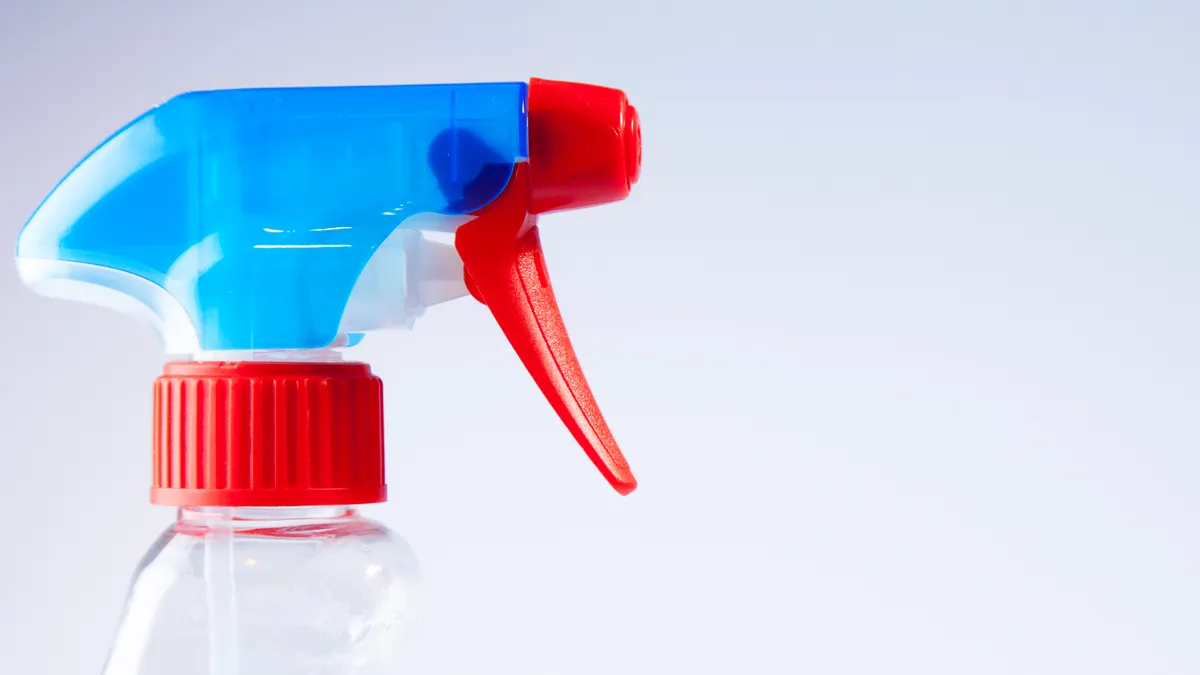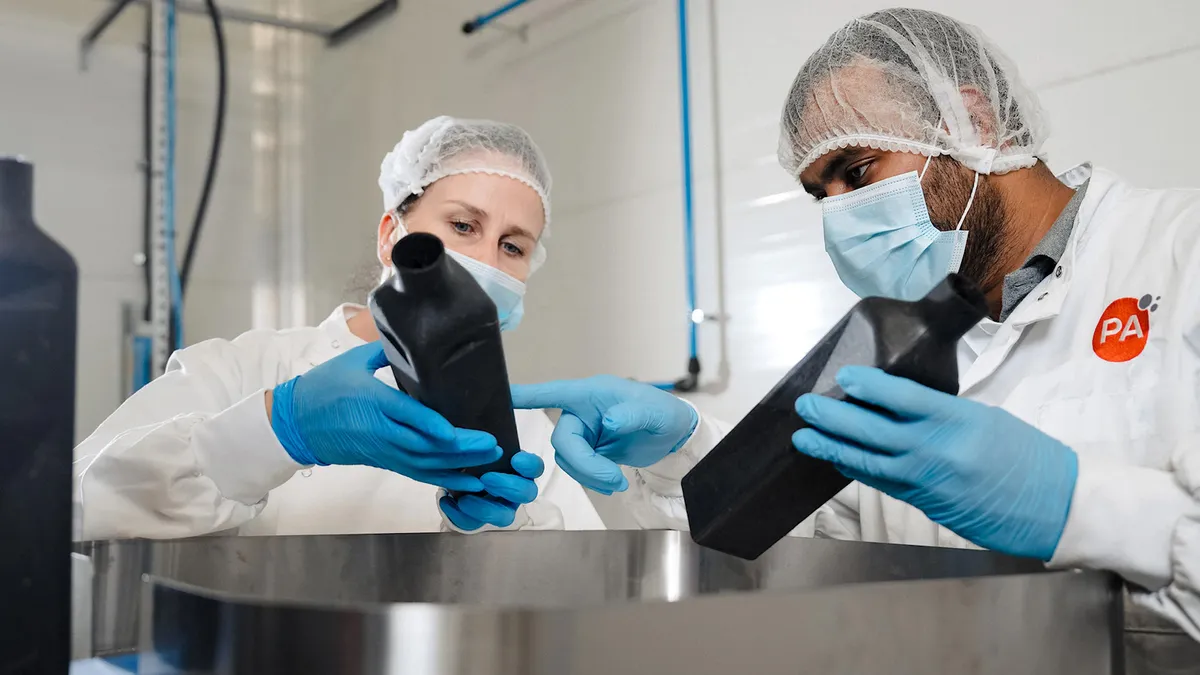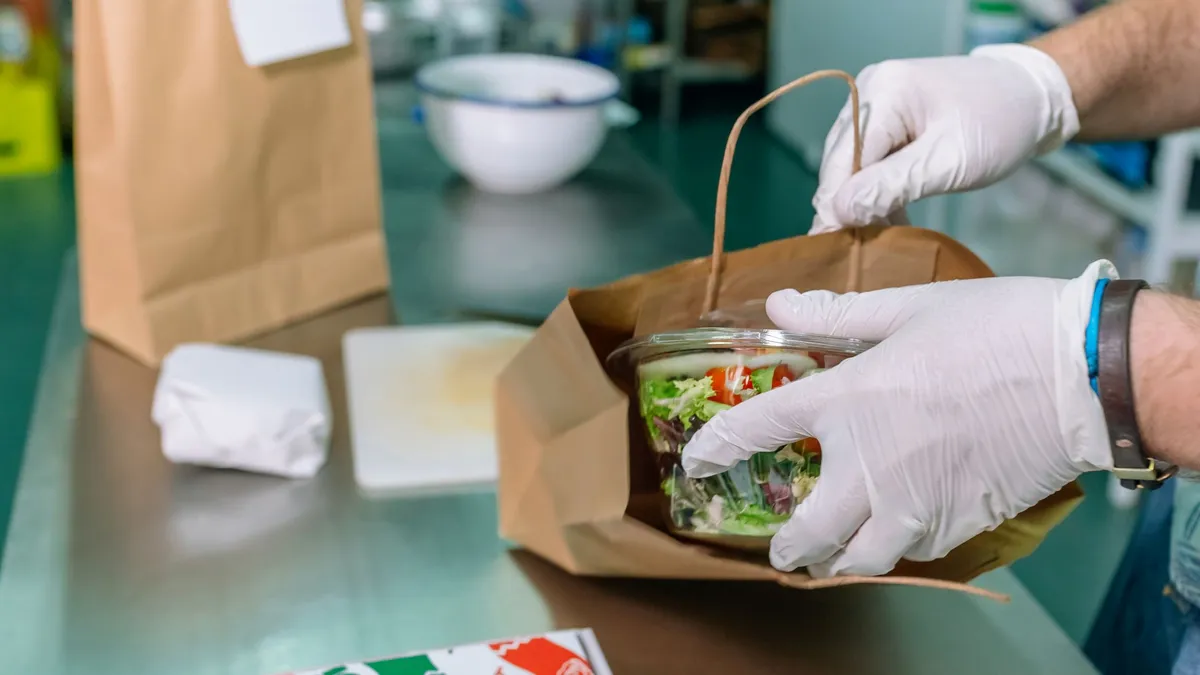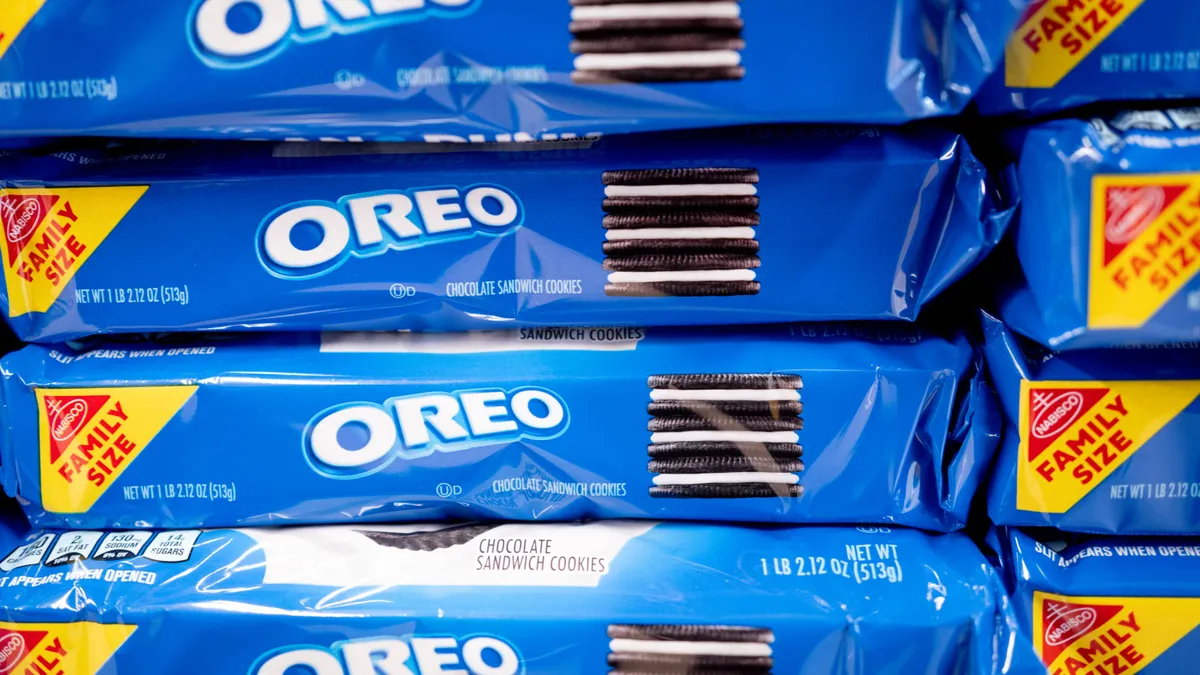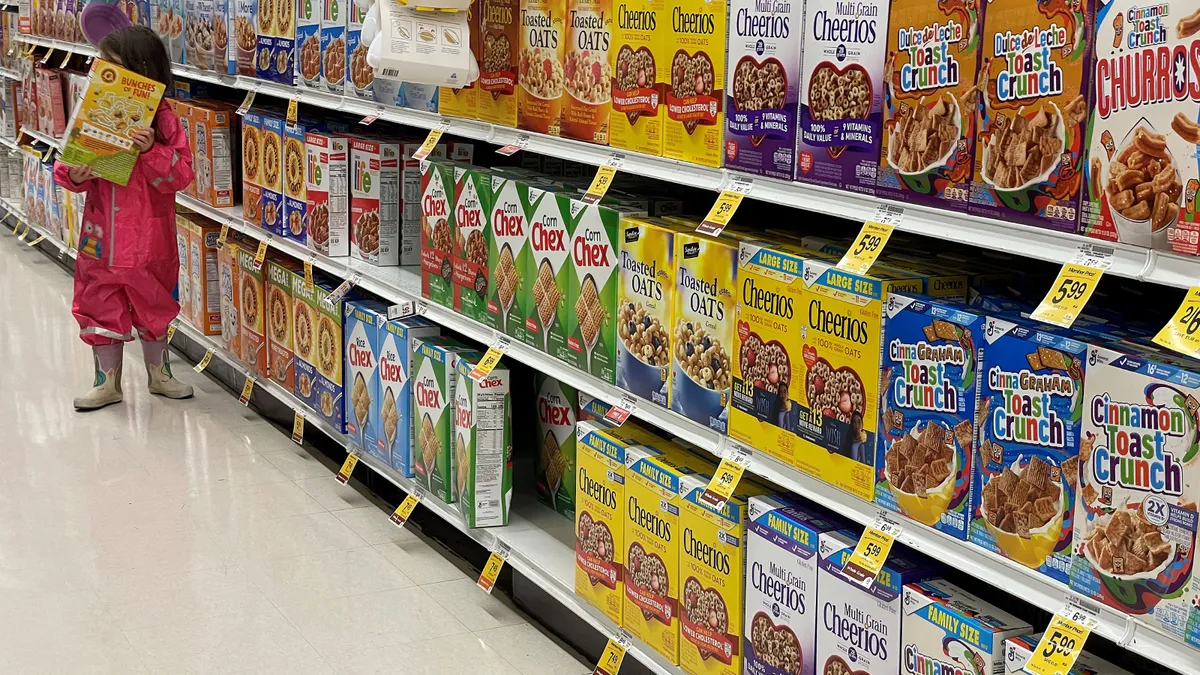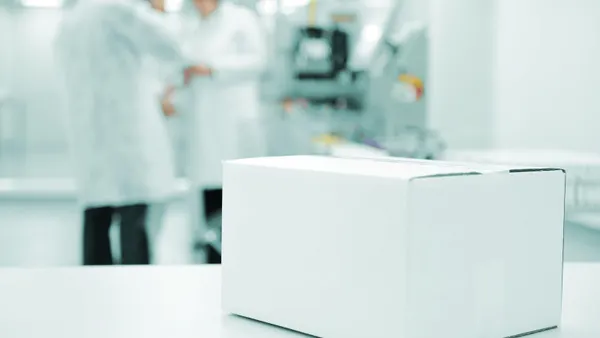As CPG companies are tasked with hitting plastics reduction and ESG goals, some are looking to reduce their environmental impact by developing reusable packaging. Refill-at-home options have taken off in the last few years, led by e-commerce brands that offer subscription-based services. Now, big brands have taken notice and are beginning to step into the space.
This is driven in part by the fact that only an estimated 14% of plastic packaging is recycled globally, according to the World Economic Forum. That low rate equates to an estimated $80 to $120 billion of material value lost annually. It’s one of multiple reasons why sustainability advocates have been ramping up calls to CPG companies, consumers and legislators to embrace plastic packaging reuse models as part of what WEF calls a “new plastics economy.”
Although reuse is hardly a novel concept (think: glass milk bottle deliveries), the Ellen MacArthur Foundation has more recently proposed four models for packaging reuse, each of which has pros, cons and limitations. Consumers can refill containers at home, or in a store (Algramo uses this model for detergent and dog food for partners like Unilever and Nestlé); or they can return containers from home or in-person for refill elsewhere (Coca-Cola is piloting the former in France and uses the latter in South Africa).
Whatever the model, adoption of reuse requires a deep rethink around packaging — what Priscilla Johnson, interim CEO of Upstream, calls “middle market solutions” — to solve for corporations’ “natural hesitation to change their supply chain.” EMF identifies reuse as an opportunity to view packaging as a “high-value asset that can deliver significant benefits to users and businesses,” such as cost reductions, building brand loyalty, improving package functionality and aesthetics.
Refill-at-home has proven “efficient and consumer-friendly,” said Will Grassle, associate for policy and programs at the Product Stewardship Institute. There are no good statistics for how big a market it’s become, although the broader refill and reuse packaging sector is projected to be a $53.5 billion global market in 2027, up from $42 billion in 2022.
Grassle said e-commerce brands that are “smaller, niche and environmentally-rooted,” like Blueland and Replenish offering concentrated tablets or refill pods of hand soap and surface cleaners, led innovation in this model. Now, he said, “We're going to see more movement from larger, consumer-facing companies trying to catch up as they realize that [refill-at-home] is the right thing to do and adds a lot of value.”
Home- and personal-care products, as well as beverage systems like SodaStream, whose main ingredient is water, all work for refill-at-home, said Johnson. (There have been some notable, non-water-based, outliers: tooth tablets that take the place of disposable toothpaste tubes; deodorant sticks that can be slotted into reusable holders; and a bevvy of beauty products, from eyeshadow to lipstick to conditioner.)
Making refill-at-home as easy as possible for consumers, and especially alerting them to its existence with concerted marketing efforts, are major hurdles to adoption. But Johnson said that developing “forever” containers is a big challenge as well.
She sees companies excited about refill-at-home possibilities and calls out Clorox, a company in the Upstream network, for being especially committed to the model. It’s had success in rolling out refill-at-home — it offers several home-cleaning products on its website and through large retailers like Target and Walmart — thanks to a corporate innovation arm that Johnson calls “innovative” and “dynamic.” But many other companies “cannot get that refill piece off the ground.”
Johnson said there could be a market niche for a company that decided it wanted to provide packaging solutions for personal care products that came in different shapes and sizes with the proper spray trigger. “[By] having that middle market served we'll be able to see the availability of refill-at-home in a greater and a broader context.”
A public-private partnership called PR3, which aims to scale up development of reuse systems (Johnson sits on its standards committee), maintains that so far these systems are mostly “small-scale, disconnected, and proprietary,” each designed independent of the other. Without some kind of standard put in place, more of these disjointed systems entering the marketplace are likely to “sow confusion, inconvenience, and inefficiencies” and turn off consumers.
To solve for this, PR3 drafted a reusable packaging system design standard that it says will prove more convenient, affordable and scalable. Importantly, it advocates for designing containers that can withstand at least 20 use cycles, to deliver a 90% reduction in plastic production; labeling containers as reusable; optimizing durability by designing containers to resist scratching, as well as flavor and color tainting; and making them free from “problematic” substances and wholly recyclable at end-of-life.
Clemence Schmid, general manager of Loop Global at TerraCycle, said that some of her organization’s brand partners who’ve been working on refill-at-home products believe that consumers may be too impatient for this model. When refill takes too long, they see consumers dropping off, especially if they’re refilling containers for multiple products.
For this reason, Loop Global has focused on a different model — one in which durable refillable bottles can be used across systems like refill-at-home and return-from-home. Loop partner Pantene, for example, offers shampoo and conditioner in refillable bottles that can either be sent back to the company or refilled by consumers from pouches that use 60% less plastic than a new bottle. “The more we can cross fertilize the system … the better it is,” Schmid said. “That enables customers to choose what is most convenient for them at each usage.”
Regardless of the reuse model, Schmid sees refillables gaining ever-more traction among consumers, who “have a lot of passion around this topic, because [there’s] a very strong link for them to understand their impact” in reducing carbon emissions.
“Through reuse, consumers can see their direct impact on improving the environment,” said Schmid. “When some actions are hard to quantify at [the] individual level, reuse is very much kitchen logic: every time a consumer brings back a package it is one package less in the trash.”
A 2022 survey by consumer data company Suzy supports this, finding that consumers associate the word “reusable” with sustainable.
Cost is still an issue for consumers, who may balk at the higher price of a product housed in a sturdier refillable container. But “as you divide this by the number of cycles, you see meaningful improvement on the financial side — and the environmental impact side,” Schmid said.
That goes for companies, too, who experts say could see their own packaging costs come down as refill models become more and more common and, perhaps, standardized.


